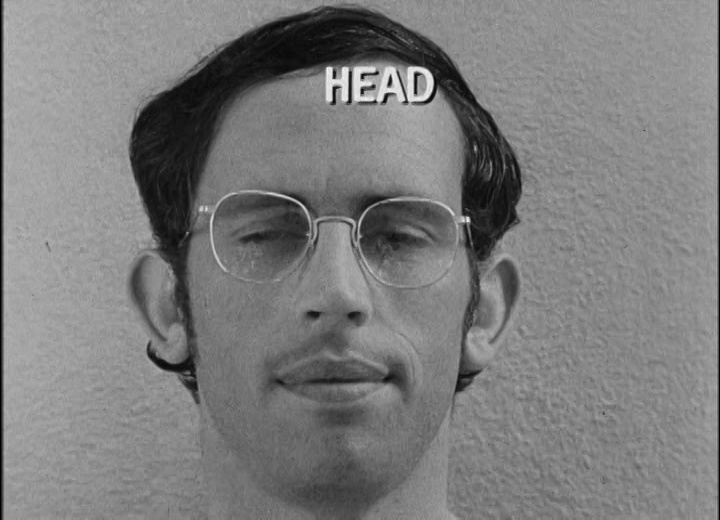Before Edge editor John Brockman left behind the imprecision of the arts for the cool head of science, he was an erstwhile 1960s Bloomingdale’s trainee who had stepped into the hothouse of NYC culture, electioneering in favor of “Intermedia Kinetic Environments.” Even then, Brockman didn’t think the play was the thing. The opening of “So What Happens After Happenings?” Elenore Lester’s 1966 New York Times article about him:
“‘Hate happenings. Love Intermedia Kinetic Environments.’ John Brockman speaking — partly kidding, but conveying the notion that Happenings are Out and Intermedia Kinetic Environments are In in the places where the action is. John Brockman, the New York Film Festival’s 25-year-old coordinator of a special events program on independent cinema in the United States, plugging into the switched-on ‘expanded cinema’ world in which a film is not just a movie, but an Experience, an Event, an Environment. This is a humming electronic world, in which multiple films, tapes, amplifiers, kinetic sculpture, lights and live dancers or actors are combined to Involve Audiences in a Total Theater Experience. Unlike Happenings, which often involve audiences in complicated relationships with plastics, bottles, sacks, ropes and other objects, Intermedia Kinetic Experiences permit audiences simply to sit, stand, walk or lie down and allow their senses to be Saturated by Media.
No Way Out
‘You can’t escape from an Intermedia Kinetic Environment the way you can from a play or any art form that reaches you through language,’ says Brockman. ‘This is primary experience. It takes place in a 360-degree environment.’ Brockman, who fully accepts Marshall McLuhan’s ‘the-medium-is-the-message’ thesis, believes that full exposure to I.K.E. is positively ‘therapeutic.'”
Tags: Elenore Lester, John Brockman

